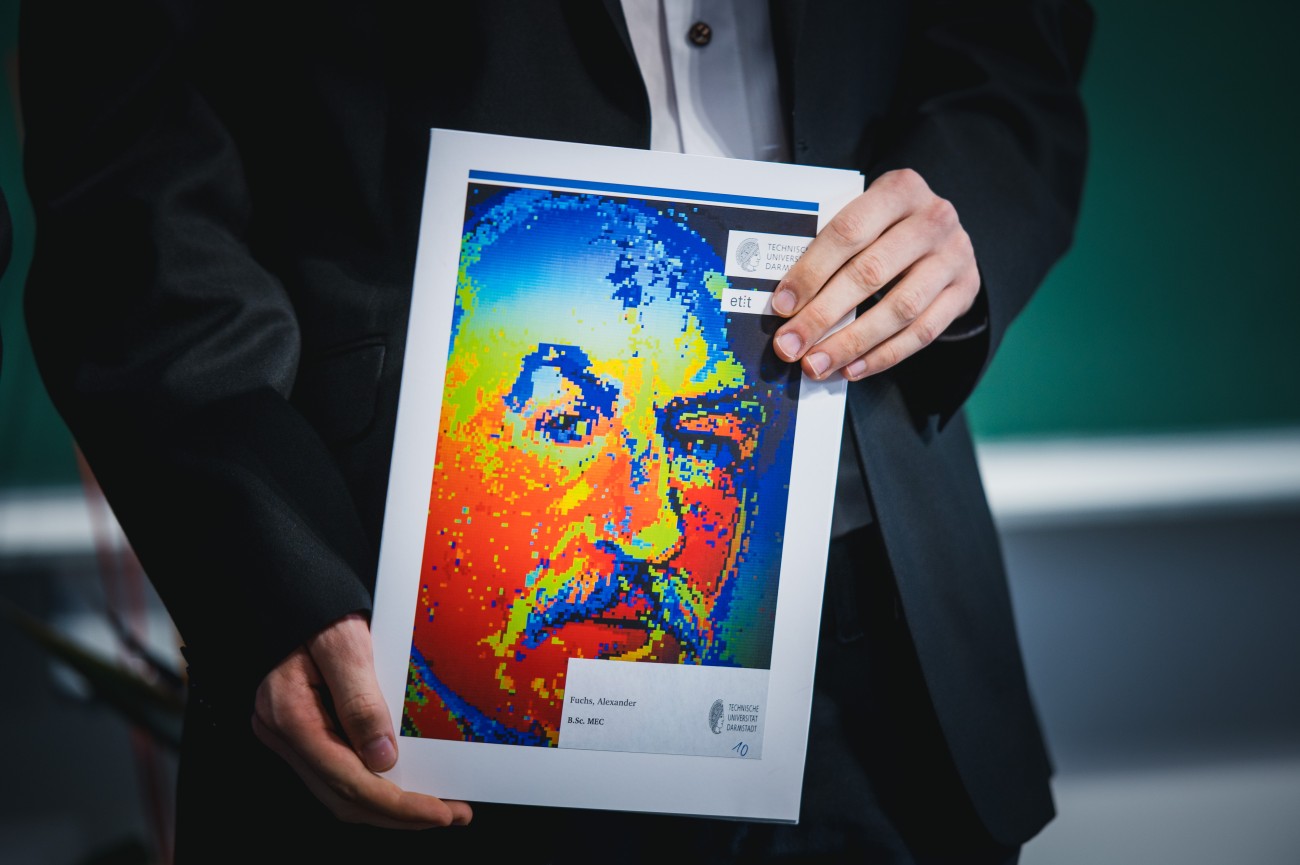Expansion of a Computer Vision Algorithm for Estimating Human Visibility in the Mesopic Range
Erweiterung eines Computer Vision-Algorithmus zur Schätzung der menschlichen Sichtbarkeit im mesopischen Bereich
Master thesis
This master’s thesis aims to expand an existing approach for estimating human visibility based on luminance images. The focus is on contrast sensitivity in the mesopic range and the consideration of object eccentricity in traffic scenes. The existing computer vision algorithm that simulates human visibility is based on the processing of luminance images, edge features, and the Contrast Sensitivity Function (CSF). The goal is to extend this model to enable pixel-accurate visibility estimation that considers both the eccentricity of objects and varying ambient luminance levels.
Literature Review and Theoretical Comparison:
- Conducting a comprehensive literature review on human contrast sensitivity, specifically in the mesopic and scotopic ranges.
- Analyzing and comparing existing models of contrast sensitivity and their applicability to the mesopic range and the peripheral area (eccentricity).
Extension of the Existing Approach for Visibility Estimation
The existing approach is based on a computer vision algorithm for estimating visibility in luminance images by simulating human perception mechanisms. The algorithm includes:
- Processing of luminance images
- Edge detection with multi-scale filtering
- Spatial filters based on a contrast sensitivity function (CSF)
- Edge weightings corresponding to human perception
- Correlation of edge weightings with common visibility metrics (Weber contrast, Visibility Level (Adrian), Relative Visual Performance (Rae), and human detection studies)
Model Improvement:
- Developing solutions to adapt the CSF for the peripheral area and varying ambient luminance levels.
- Proposing and developing improvements to enhance the accuracy of the existing model and the estimation of visibility for the driver, based on eccentricity and specific lighting conditions.
- Analyzing spatial frequencies in relation to human detection.
Please send me your application along with a brief exposé, in which you describe your approach to solving the topic and explain why you are particularly suited for this project. Include information on which relevant courses you have taken during your studies and which projects you have successfully completed that have prepared you for this topic. Your application should also include a cover letter.
Please send your documents by email to kunst@lichttechnik.tu-darmstadt.de .





